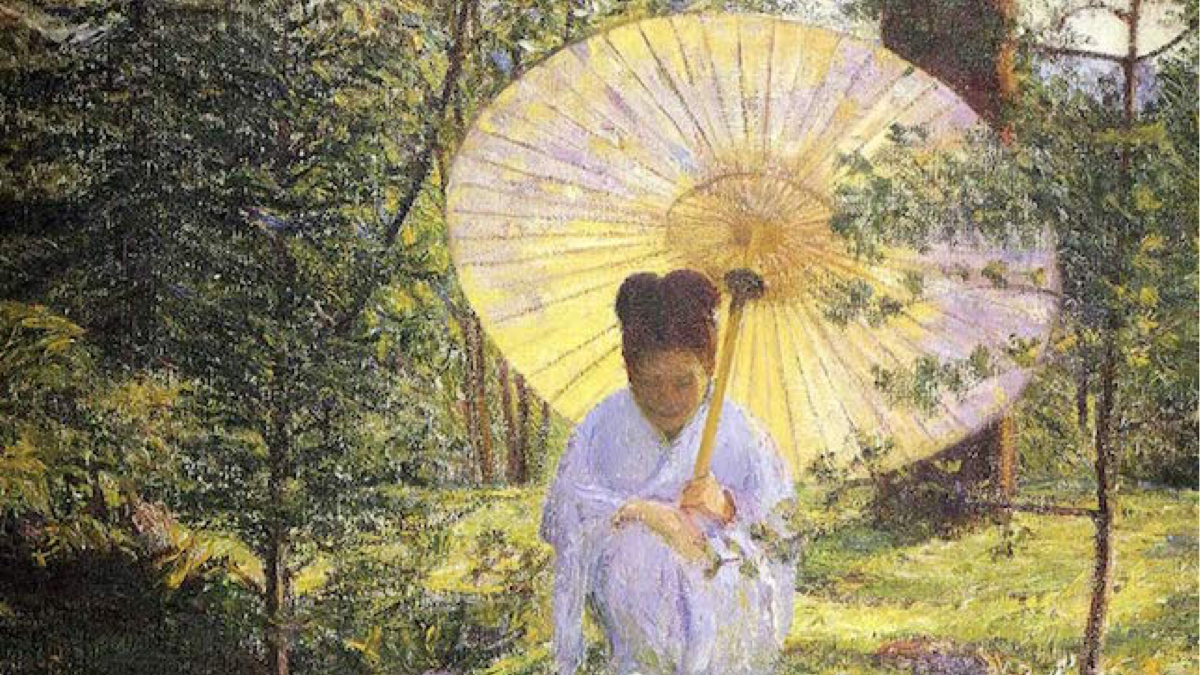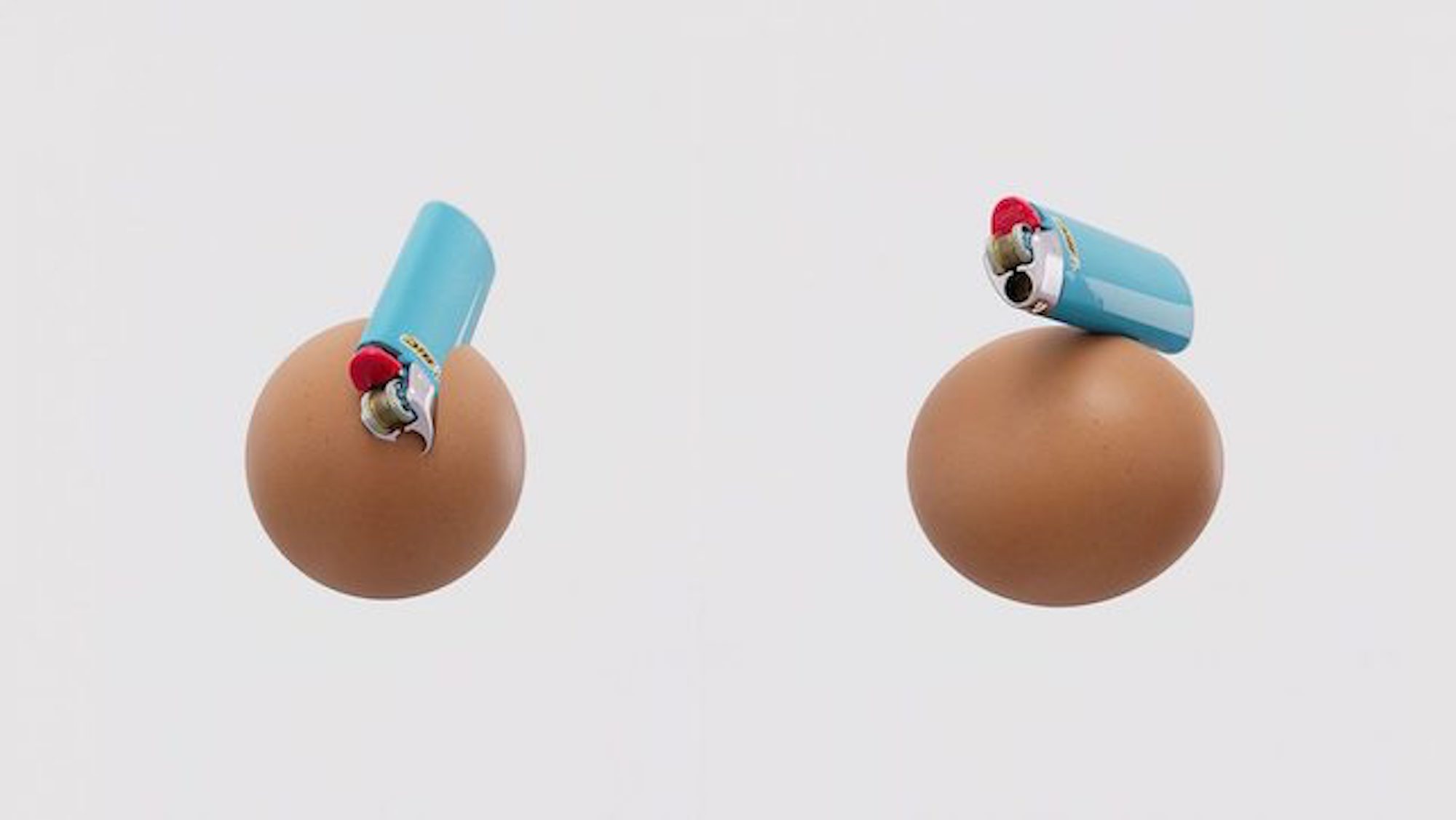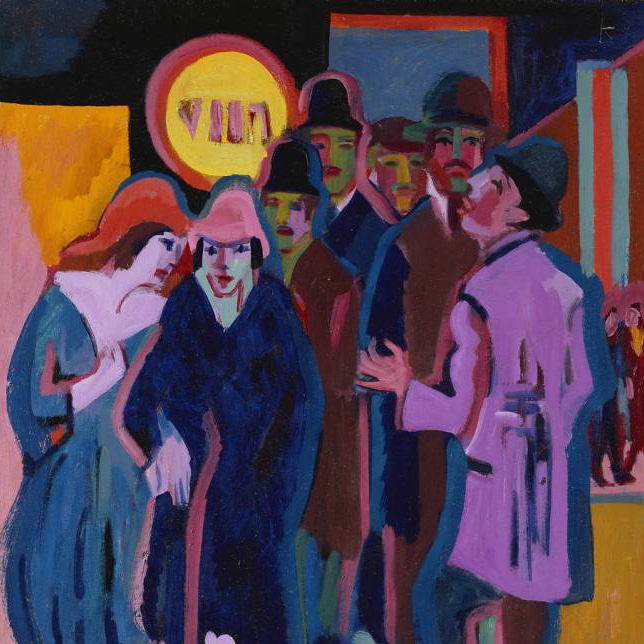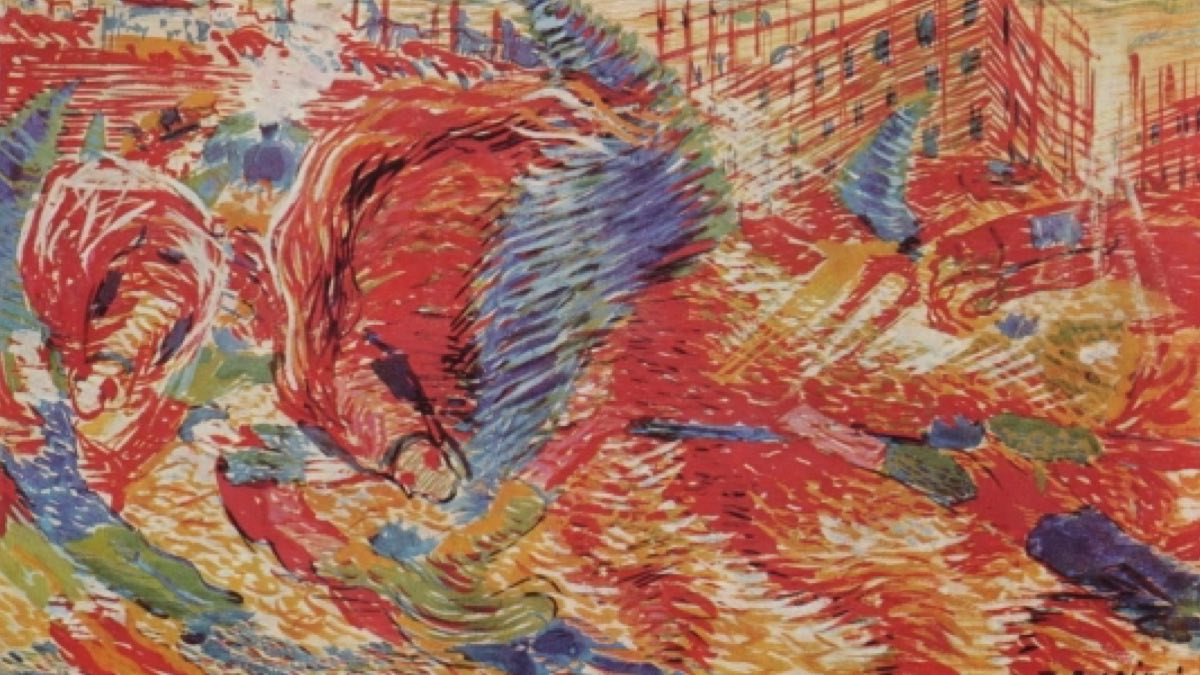
A short guide to Italian Futurism

Futurism was an artistic and literary movement in the early 20th century in Europe. It is considered by some to be the most revolutionary of the avant-garde movements of that period.
“We want to sing the love of danger, (…) We declare that the splendor of the world has been enriched by a new beauty: the beauty of speed (…) A racing automobile with its bonnet adorned with great tubes like serpents with explosive breath … a roaring motor car which seems to run on machine-gun fire, is more beautiful than the Victory of Samothrace. (…) We want to glorify war (…) We want to demolish museums. “(The Futurist Manifesto, 1909)
The movement’s backstory
Futurism was proclaimed in 1909 by Filippo Tommaso Marinetti, an Italian writer, in the Futurist Manifesto published in the newspaper the Figaro. ‘Speed’ and other modernist concepts played a central role in his vision of the movement. The leading artists of Futurism were Giacomo Balla, Umberto Boccioni, Carlo Carra, Luigi Russolo and Gino Severini. Their first exhibition took place in Milan in 1910. They wrote further Futurist manifestos together. Their motivation lay in their passion for life, action, machinery the future and a certain sense of rage against prevailing “bourgeois” values.
The first futurist paintings were in the post-impressionist style. Two early paintings by Giacomo Balla, Street Light (oil on canvas, 1909-1910, Museum of Modern Art, New York) and Girl Running on a Balcony (oil on canvas, 1912, Civica Galleria d’Arte Moderna, Milan) are very good examples of this post-impressionist heritage.

The street lamp and its radiating light symbolized modernism. The painter’s method was divisionist, decomposing the light on one side and the movement of the girl on the other.
Umberto Boccioni also used divisionist strokes, separating colors into individual strokes following his post-impressionist predecessors. The City Rises (1910) embodies the idea of speed and the violence of Marinetti’s Manifesto, “We will sing of the great crowds agitated by work, pleasure and revolt”. The idea of man as an individual barely exists, but the notion of chaos exudes from this extract.

The painter Carlo Carra also adhered to the movement. His paintings are bold and energetic. The Funeral of the Anarchist Galli (1910) pictures the chaos caused by the event. The brutality of the altercation between the men and the horses is very striking; it is so tense that it seems to move beyond the picture frame.
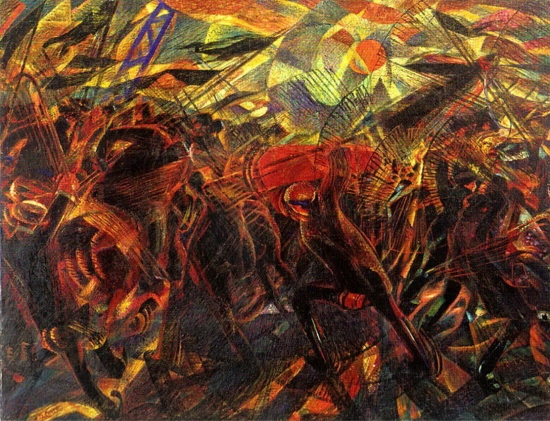
This impression of “beyond the frame” is significant in futurist Italian artists like Luigi Russolo and his paintings, Perfume (1910) Music (1911). The artist invites the public to discover a more powerful significance through painting, and this meaning thrives beyond the canvas itself.


Gino Severini was one of the first to settle in Paris early on in 1906. His subjects of painting are dance and bodies in movement. In Dynamism of a human body (1914), Severini’s singular manner of representing movement is apparent.

More futurism

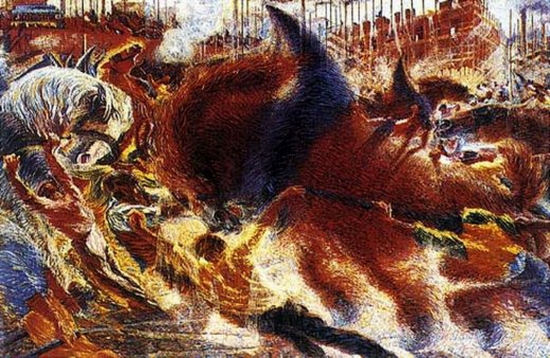


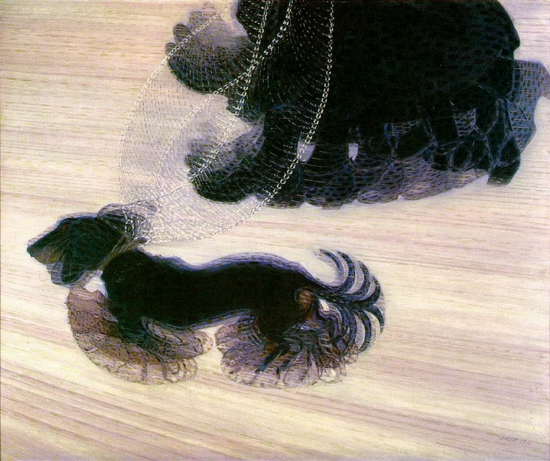

About Artsper
Founded in 2013, Artsper is an online marketplace for contemporary art. Partnering with 1,800 professional art galleries around the world, it makes discovering and acquiring art accessible to all.
Learn more











